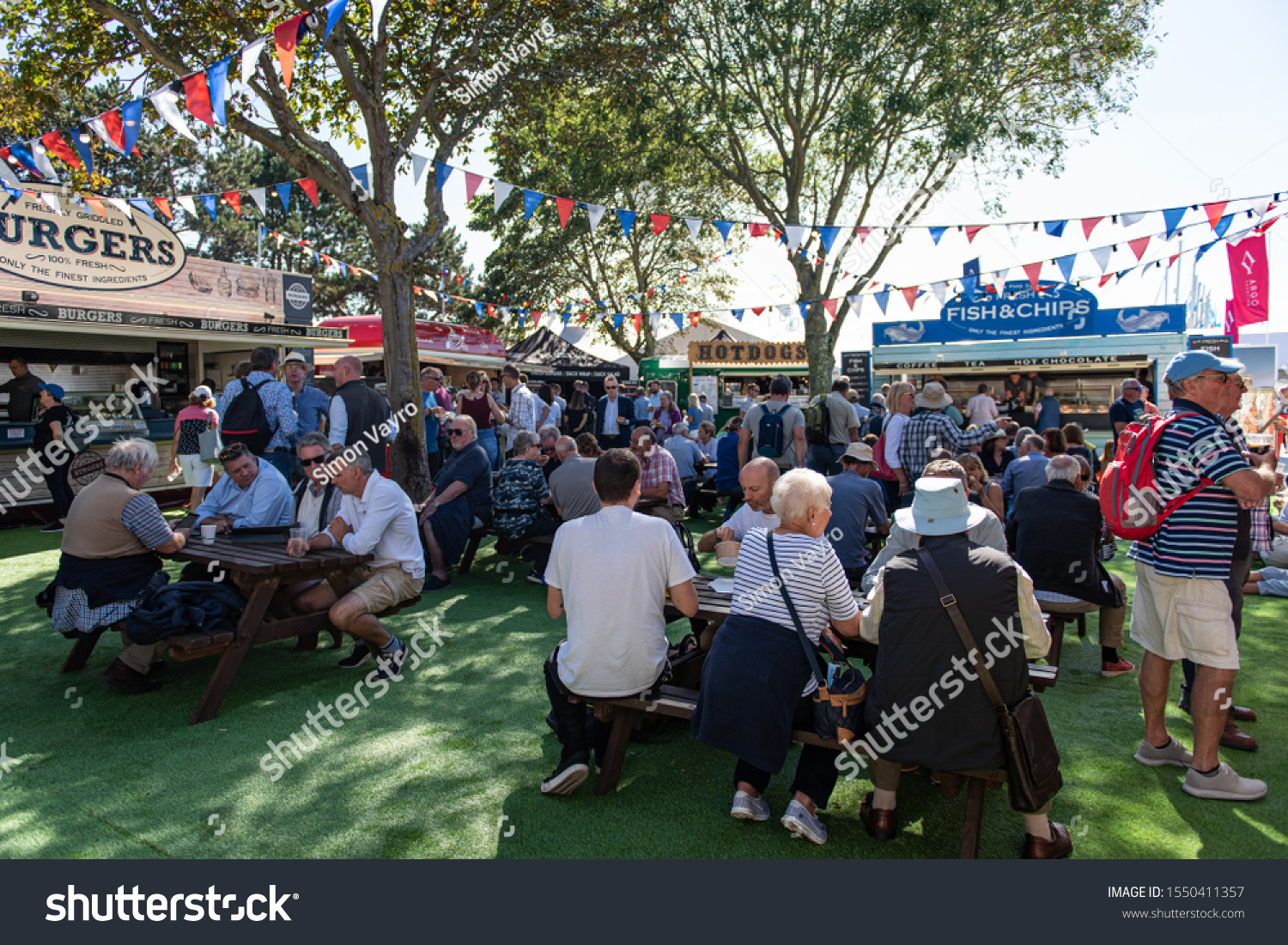AI in event planning, visitor levies, and more
This month's industry news highlights an industry embracing change with confidence - from AI in event planning driving accessibility to policy discussions and new training...

All hotels are looking at their space and seeing what they can do with it to make as much revenue as possible. The static destination restaurant may become a thing of the past as a lot of diners tend to visit once only for the experience, then tick it off the list and move on. Generation Z no longer has a meal to catch up with friends, as they already know what they’ve been doing from social media, so they are more interested in having an experience and socialising at the same time, hence the increase in unusual venues with activities, such as Swingers offering mini golf, Bounce (ping pong), Ballie Ballerson (ball pit), Flight Club (darts) and even axe throwing. This trend is termed ‘competitive socialising’.
Hotels are incorporating more food and beverage offerings, so as well as the usual bar and restaurant, there will be a ‘grab and go’ outlet and roof top used as bar, restaurant and leisure space. Rooftops are now the most profitable areas of venues. Hotels need to offer something to make people leave home and deliver everything in the one building: rooftop restaurant and bar, members’ lounge, public lounge, wellness, competitive socialising, experiential space and independent retail outlets in the same place. Put that offering in a ‘cool’ environment, with excellent connectivity and the customers will stay all day. Everyone is conscious of their physical and mental wellbeing, so wellness is a key part of the offering, providing leisure alongside the work and social environments.
The Ned is a good example of an aspirational venue with a variety of F&B offerings, which encourages repeat business. The Hoxton, Ace Hotel and Citizen M in Shoreditch have all become community hubs, because the brands know their customer and the area, so create the ‘buzz’ to make themselves into cool hotels. With an increase in independent workers, they’ve all realised there’s a need for these individuals to work and socialise, so created spaces for them to mix.
So, what can we expect in hotel and event space in the future? Food halls, either inside or outside with multiple kitchens. These venues can then add films, educational lectures and business training, sound studios, a lounge bar with a DJ and a community support element. Restaurants are collaborating with local organisations (using food waste, offering local apprenticeships and training) and conscious of their environmental footprint. We’ve already seen an increase in street food and food markets, where there are multiple choices from micro-diners in the same area. Street Feast’s venues are a good example, open to the public and offering venues for exclusive use for up to 3,000 people for all sorts of events.